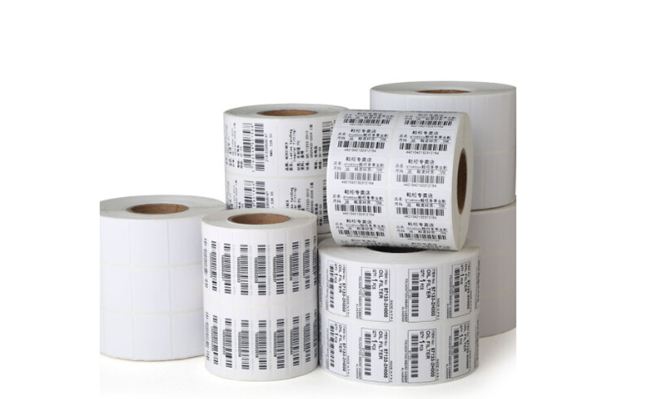fragile paper labels, often found on vintage items, antique books, or delicate artifacts, exhibit unique characteristics that require careful consideration during handling and removal. In this exploration, we delve into the form and key characteristics of fragile paper labels, shedding light on their composition, adhesive properties, and the challenges they present.

1. Composition:
-
Thin and Lightweight: Fragile paper labels are typically thin and lightweight, contributing to their vulnerability. This characteristic makes them susceptible to tearing or damage when subjected to external forces.
-
Porous Nature: The paper used for these labels tends to be porous, absorbing substances such as moisture or solvents more readily. This porosity can impact the label's stability and structural integrity.
2. Adhesive Properties:
-
Age-Induced Weakness: Over time, the adhesive used on fragile paper labels may degrade, resulting in reduced stickiness. This age-induced weakness can complicate removal, as the label may become brittle and prone to tearing.
-
Water-Soluble Adhesives: Some labels feature water-soluble adhesives, making them responsive to moisture. Care must be taken when handling such labels to prevent unintended damage during attempts to remove them.
3. Fragility:
-
Brittleness: Fragile paper labels are often characterized by brittleness, especially if they have aged or been exposed to adverse environmental conditions. Brittle labels can crack or break easily, posing a challenge when attempting to handle or manipulate them.
-
Susceptibility to Tears: Due to their thin and delicate nature, these labels are highly susceptible to tears. Even gentle handling can result in unintended damage, making precision and caution essential during any interaction.
4. Aging Factors:
-
Yellowing and Discoloration: Over time, fragile paper labels may experience yellowing and discoloration. This aging process can impact both the paper and the adhesive, altering their original appearance and making them more challenging to work with.
-
Surface Erosion: External factors such as exposure to light, air, and pollutants can contribute to surface erosion of the paper label. This erosion may compromise the label's legibility and structural integrity.
5. Preservation Challenges:
-
Conservation Dilemma: Preserving fragile paper labels presents a conservation dilemma, as their removal for restoration or archival purposes can be intricate. Balancing the need to safeguard the label's information with the fragility of the paper requires a meticulous approach.
-
Compatibility with Preservation Materials: Fragile paper labels may react differently to preservation materials, making it crucial to select archival-quality tools and adhesives when handling or removing them.
Conclusion: Understanding the form and characteristics of fragile paper labels is fundamental for anyone involved in the preservation or restoration of items bearing such labels. Their thin, porous composition, adhesive properties, fragility, and susceptibility to aging factors underscore the importance of employing gentle techniques and appropriate materials when handling or removing them. Balancing the preservation of valuable information with the delicate nature of these labels requires a nuanced and careful approach in the realm of conservation and restoration.
We offer comprehensive technical support, including free professional labeling solutions, advice on label materials and adhesive selection, as well as online/offline assistance from professional software and hardware engineers. Service email: andy@ownlikes.cn. In pre-sales, we leverage our extensive experience in specialty labeling projects to provide clients with the most suitable hardware solutions. Additionally, all our label barcode printers and scanners come with a three-year free warranty, demonstrating our confidence in our products.




